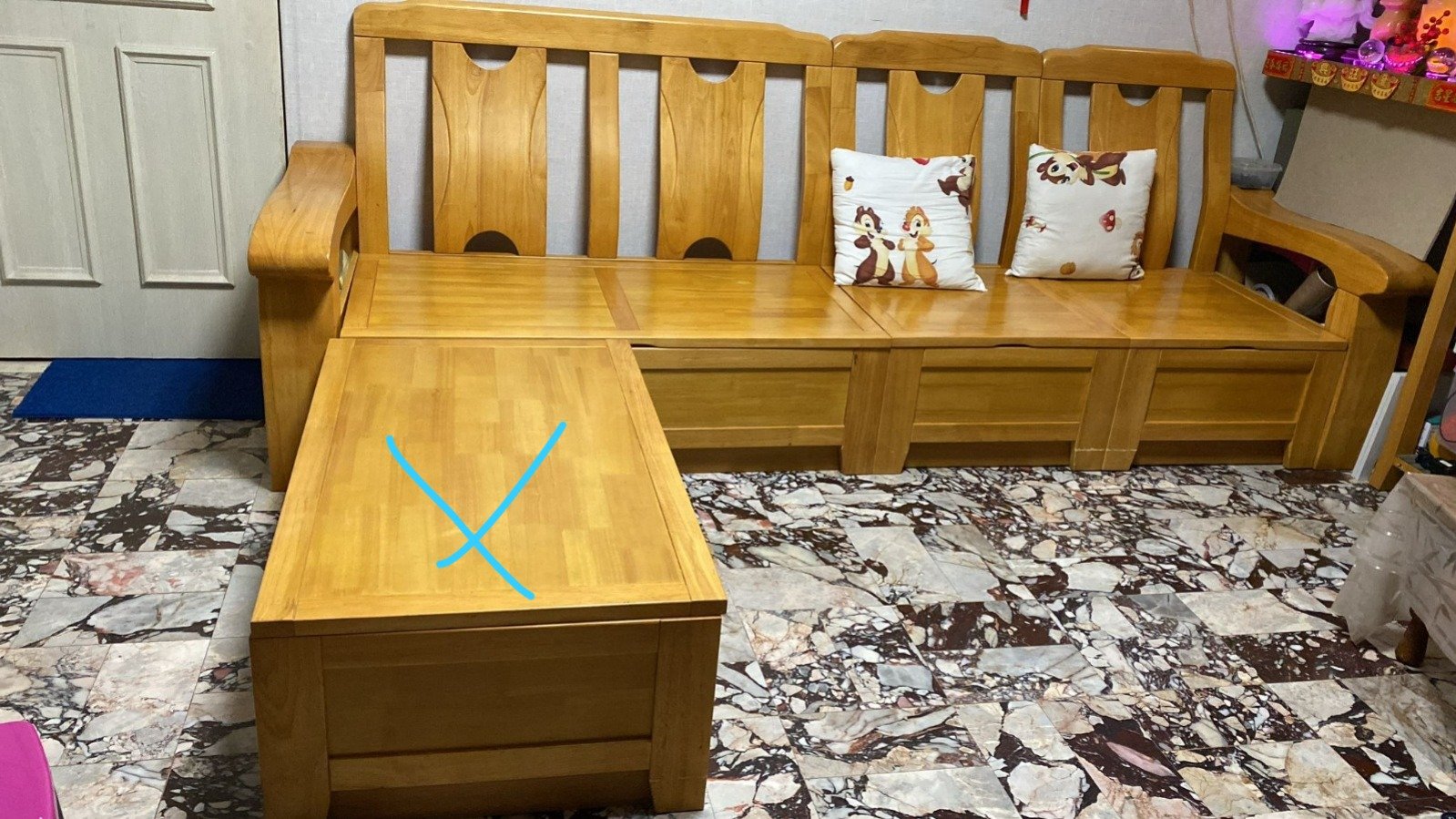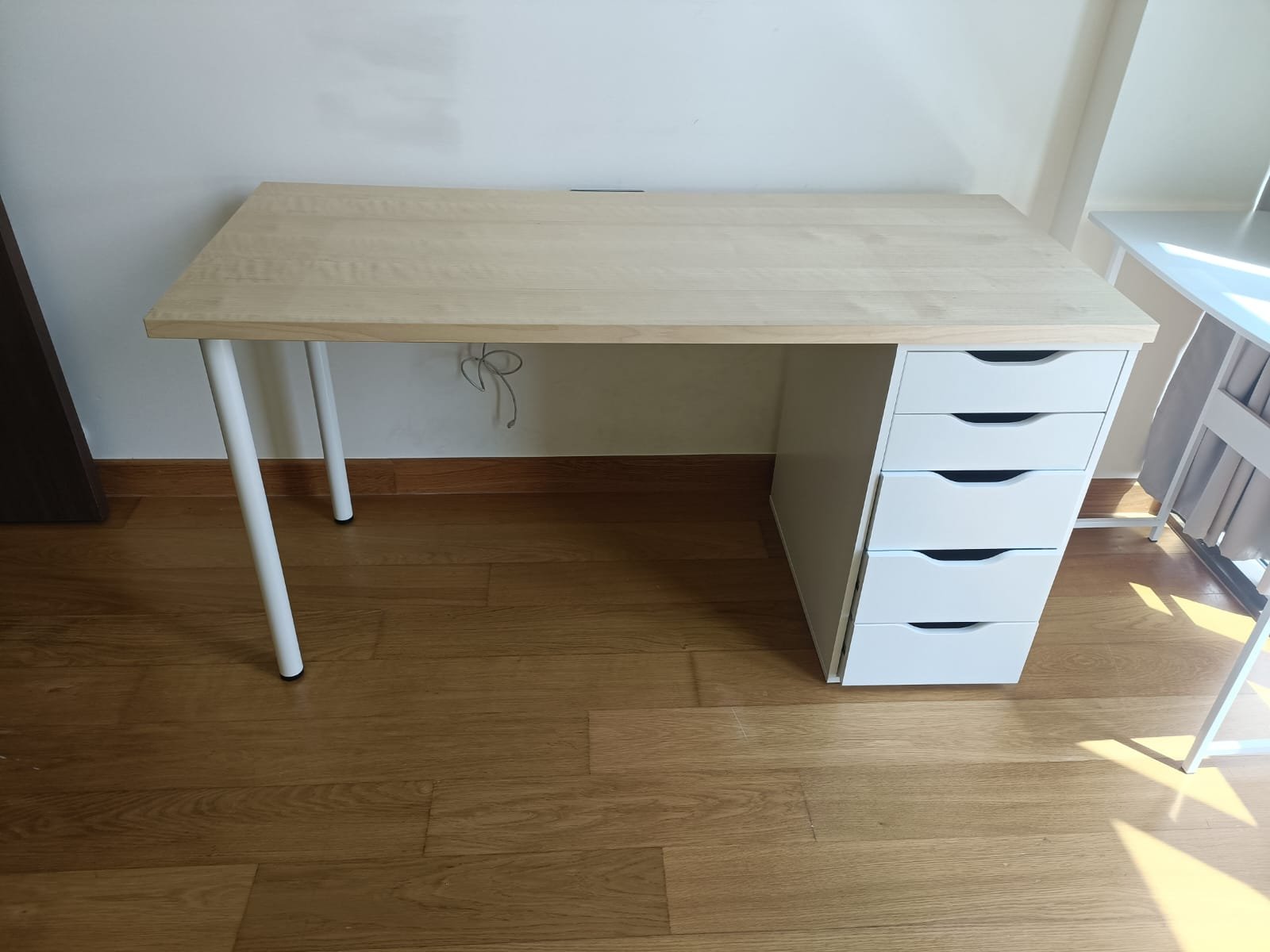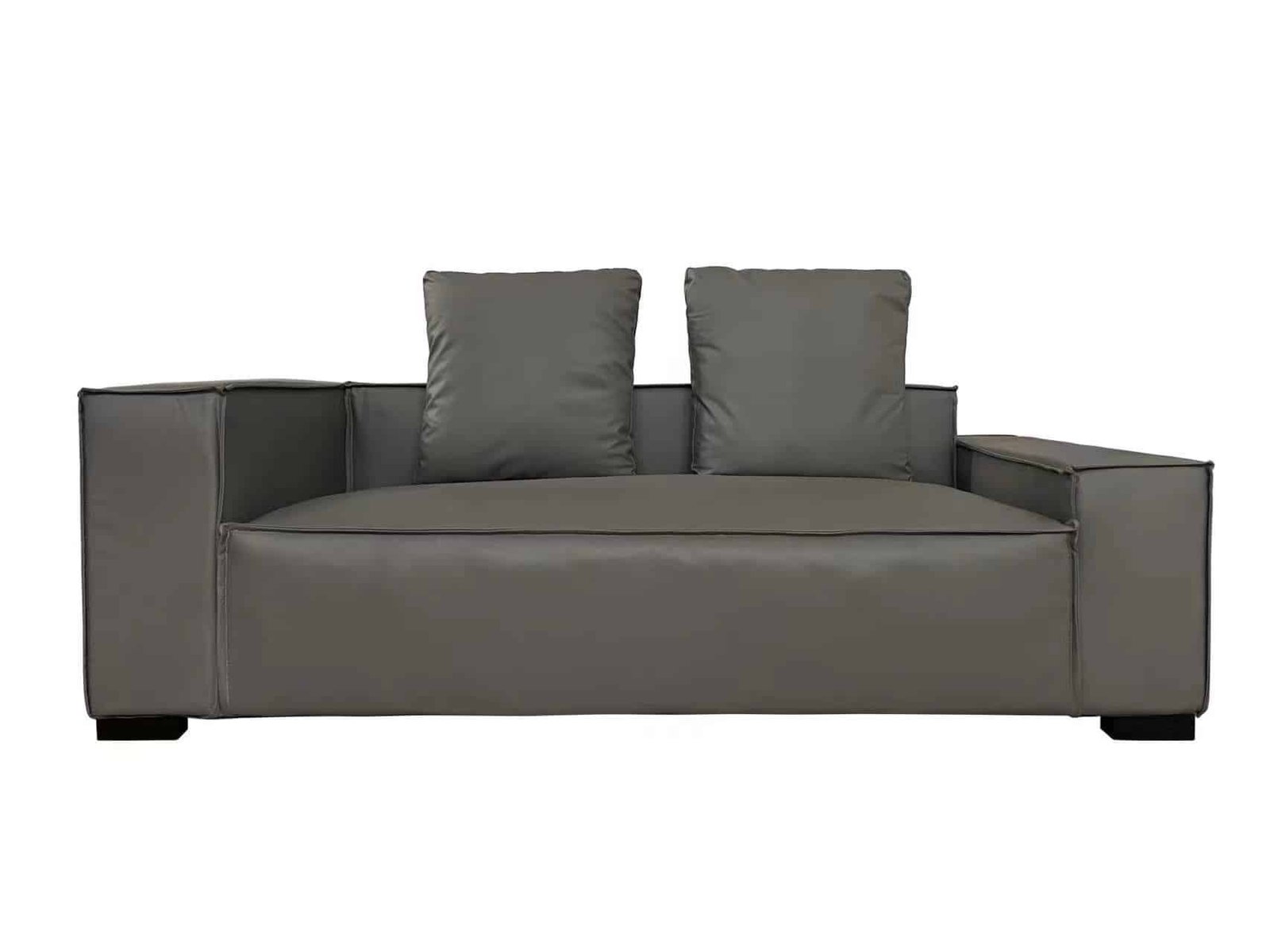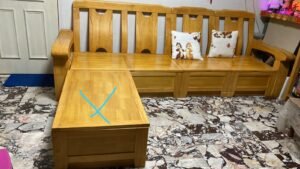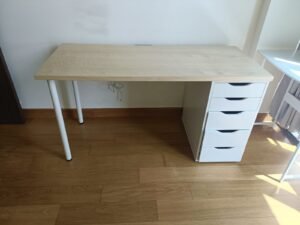Refurbishing old furniture is a wonderful way to breathe new life into pieces that may otherwise go to waste. Not only does it save money, but it also contributes to sustainability by reducing the need for new resources. Whether you have an antique chair, an outdated table, or a weathered dresser, knowing how to refurbish old furniture can help you transform these items into functional and beautiful pieces for your. If you’re inspired to dive into hands-on projects, don’t miss our guide on DIY second-hand furniture ideas for creative and budget-friendly transformations.
Why Refurbish Old Furniture?
When you refurbish old furniture, you’re not just giving it a new coat of paint or a fresh look. You’re breathing new life into it, saving it from the landfill, and making it an integral part of your home once again. Plus, learning how to refurbish old furniture is an affordable way to create custom, one-of-a-kind pieces that fit your style perfectly.
Refurbishing old furniture allows you to preserve its original charm while upgrading it to suit your needs. Whether it’s a vintage desk that’s seen better days or an old bookcase with a bit of wear and tear, the possibilities are endless. This process doesn’t require extensive expertise; with the right tools and a bit of patience, you can make your old furniture look as good as new.
Choose the Right Pieces to Refurbish
Before you dive into how to refurbish old furniture, it’s important to choose the right pieces. Not every piece of old furniture can be refurbished, and some might require more work than others. Ideally, look for pieces with a solid structure—things like sturdy wooden frames or metal bases. Avoid items that are severely damaged or broken beyond repair. If the structure is too compromised, it might be best to skip refurbishing that piece.
Once you’ve chosen your furniture, take a closer look at the material it’s made from. Wooden furniture is often the easiest to refurbish, as it can be sanded, painted, or stained. If the piece has any major flaws, like cracks or chips, you can often fix them with wood filler or glue. For metal furniture, the process may involve cleaning off rust or touching up paint. For upholstered furniture, you can replace the fabric, reupholster cushions, or even paint the fabric for a fresh look.
Step-by-Step Guide on How to Refurbish Old Furniture
Now that you’ve selected the piece, it’s time to roll up your sleeves and get started! Here’s a simple step-by-step guide to refurbish old furniture to achieve that fresh, new look.
Step 1: Clean and Prep the Furniture
The first thing you’ll want to do is thoroughly clean your furniture. Dust, dirt, and grime can build up over time, and this can affect how well your refinishing work holds up. Use a gentle cleaner that’s appropriate for the material of your furniture, such as a wood cleaner or degreaser. If you’re working with upholstered furniture, use a fabric cleaner or vacuum to remove dirt and debris.
Next, sand down the surface if necessary. This step helps remove any old paint, varnish, or rough patches on the surface, creating a smoother base for your new finish. For wood furniture, use sandpaper or a sanding block to smooth out the surface. For metal, use a wire brush or sandpaper to remove rust and corrosion.
Step 2: Repair and Restore the Furniture
Once the furniture is cleaned and prepped, take care of any repairs. Check for any cracks, chips, or dents in the wood or metal. For wooden furniture, you can fill in cracks with wood filler and sand it smooth after it dries. If you’re working with metal, you might need to use a metal filler or patching compound. When dealing with upholstery, look for any tears or holes and use fabric glue or a needle and thread for repairs.
Remember, when refurbishing old furniture, the goal is to restore its original beauty, not to make it perfect. Small imperfections can add character to the piece, so don’t worry about achieving a flawless finish.
Step 3: Refinish or Paint the Furniture
This is where you can get creative! Once the furniture is cleaned, prepped, and repaired, it’s time to give it a new finish. If you’re working with wooden furniture, you can choose to either stain or paint it. Staining will preserve the natural beauty of the wood, while painting allows you to add a pop of color or a more modern look.
For metal furniture, use a high-quality metal spray paint or a paint suitable for metal surfaces. Be sure to use a primer first, as this will help the paint adhere better and last longer.
When refinishing upholstered furniture, you may want to either reupholster the cushions or simply update the fabric. If you’re reupholstering, pick a fabric that suits your style and home decor, and follow the instructions carefully to ensure a clean, professional-looking finish.
Step 4: Add the Finishing Touches
After the paint or stain has dried, you can add some finishing touches to complete the refurbishing process. For wooden furniture, consider applying a protective coat of wax, varnish, or polyurethane to protect the finish and give the piece a smooth, glossy shine.
For upholstered furniture, adding new cushions or decorative throw pillows can elevate the look. Don’t forget about hardware, such as handles, knobs, or legs. Swapping out old hardware for something new can make a huge difference in the overall look of the piece.
Step 5: Let the Furniture Dry and Cure
After all the hard work, don’t rush the drying process. Let your furniture dry completely, and allow it to cure for at least 24 hours to ensure the new finish sets properly. This will help avoid smudging, peeling, or cracking later on.
Why Refurbishing Old Furniture is a Sustainable Choice
In today’s world, sustainability is more important than ever. Learning how to refurbish old furniture is a great way to make a positive impact on the environment by extending the life of existing pieces. Instead of purchasing new items that require resources and energy to manufacture, refurbishing allows us to reuse what we already have. This not only saves money but reduces the demand for new products and helps decrease landfill waste.
By refurbishing old furniture, we can also help preserve the charm and craftsmanship of vintage and antique pieces that might otherwise be forgotten. There’s a certain satisfaction in taking something that might seem outdated and turning it into a functional, beautiful piece that can be enjoyed for many years.
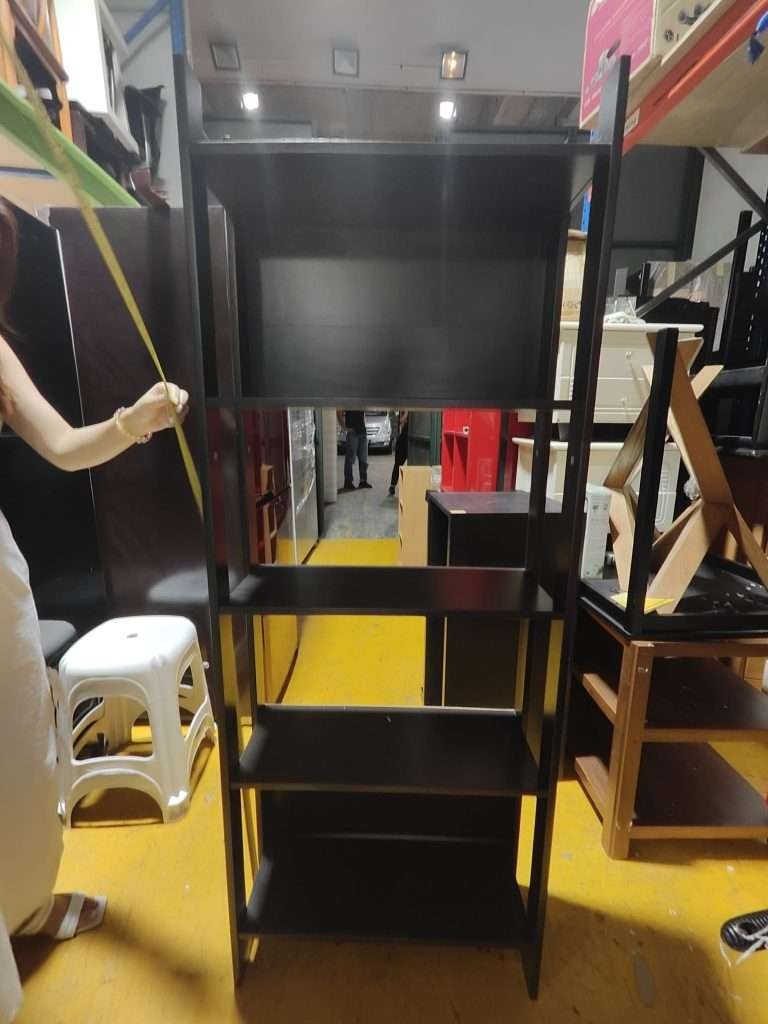
Get Started with Your Next Refurbishing Project Today!
At Second Chance Furniture, we offer a variety of second-hand furniture that is perfect for refurbishing. Whether you’re looking for vintage tables, chairs, or dressers, we have something for every taste and budget. Our selection of high-quality furniture is ideal for your next DIY refurbishing project. Check out our store and get started on creating your unique, refreshed furniture pieces today!


